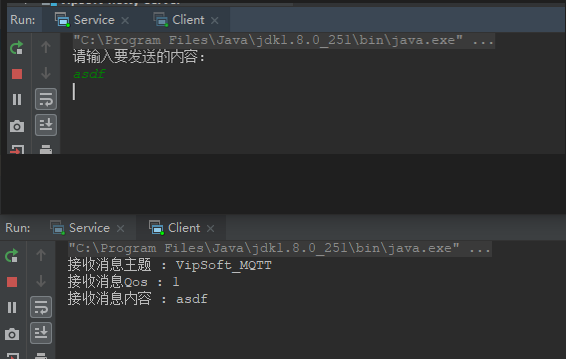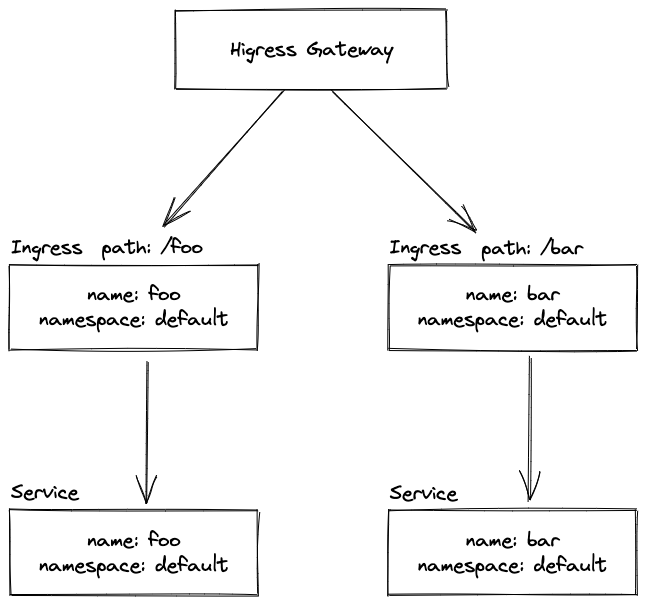指数运算符 **
console.log(2 ** 2 ) //4
console.log(2 ** 3 ) //8
console.log(2 ** 4) //16
链判断运算符的诞生(?.)
在实际编程中,
如果读取对象内部的某个属性,往往需要判断一下。
属性的上层对象是否存在。比如,读取 message.body.user.firstName这个属性,安全的写法是写成下面这样。
let message={
body:{
user:{
firstName:''
}
}
}
// 错误的写法;因为这message.body这个值可能没有,会导致报错
const firstName = message.body.user.firstName || 'default';
// 正确的写法
const firstName = (message
&& message.body
&& message.body.user
&& message.body.user.firstName) || 'default';
有的小伙伴可能会觉得这样会很麻烦,怎么会处理这个问题了。
//使用链式运算符
let myDefault= message?.body?.user?.firstName || '默认值';
/**
* 上面代码中,如果message是null或undefined,
* 或者message.body是null或undefined,
* 或者message.body.user是null或undefined,
* 或者message.body.user.firstName是null或undefined.
* 就会返回--默认值。
* */
链判断运算符(?.)的详细讲解
?.运算符,直接在链式调用的时候判断。
左侧的对象是否为null或undefined。
如果是的,就不再往下运算,而是返回undefined
本质上,?.运算符相当于一种短路机制,只要不满足条件,就不再往下执行。
链判断运算符-判断对象是否有某个方法
let message={
// say:function(){
// console.log('hello word')
// }
}
//如果没有该方法,则不会被执行的哈
message.say?.()
它表达的意思是: message.say如果有定义,就会调用该方法。
否则message.say直接返回undefined,不再执行?.后面的部分。
Null 判断运算符 ( ?? )
读取对象属性的时候,如果某个属性的值是null或undefined,
有时候需要为它们指定默认值。常见做法是通过||运算符指定默认值。
const headerText = response.settings || 'Hello, world!';
const animationDuration = response.settings || 300;
但是我们开发者的意愿是:
只要属性的值为null或undefined,默认值就会生效,
但是实际属性的值如果为空字符串或false或0,默认值也会生效。(与我们的初衷相违背)
为了避免这种情况,ES2020 引入了一个新的 Null 判断运算符??。
**它的行为类似||,但是只有运算符左侧的值为null或undefined时,才会返回右侧的值。**
const headerText = response.settings ?? 'Hello, world!';
const animationDuration = response.settings ?? 300;
上面代码中,默认值只有在左侧属性值为null或undefined时,才会生效。
这一行代码包括了两级属性的判断。
const animationDuration = response.settings?. animationDuration ?? 300;
上面代码中,
如果response.settings是null或undefined,
或者response.settings.animationDuration是null或undefined,
就会返回默认值300。
也就是说,这一行代码包括了两级属性的判断。
现在的规则是,如果多个逻辑运算符一起使用,必须用括号表明优先级,否则会报错。
// 报错
lhs && middle ?? rhs
lhs ?? middle && rhs
lhs || middle ?? rhs
lhs ?? middle || rhs
上面四个表达式都会报错,必须加入表明优先级的括号。
(lhs && middle) ?? rhs; ok
lhs && (middle ?? rhs); ok
(lhs ?? middle) && rhs; ok
lhs ?? (middle && rhs); ok
(lhs || middle) ?? rhs; ok
lhs || (middle ?? rhs); ok
(lhs ?? middle) || rhs; ok
lhs ?? (middle || rhs); ok

![[NodeJS] timers阶段的源码解析](https://blog.xiaobaicai.fun/wp-content/themes/xiaolin/img/default_thumb.png)





















